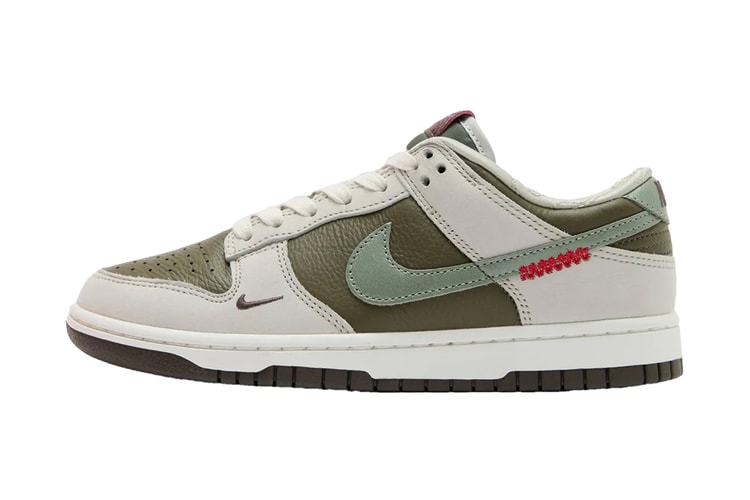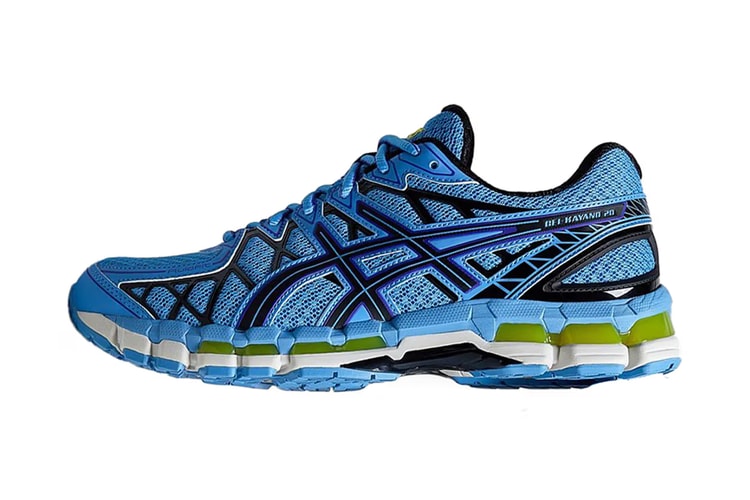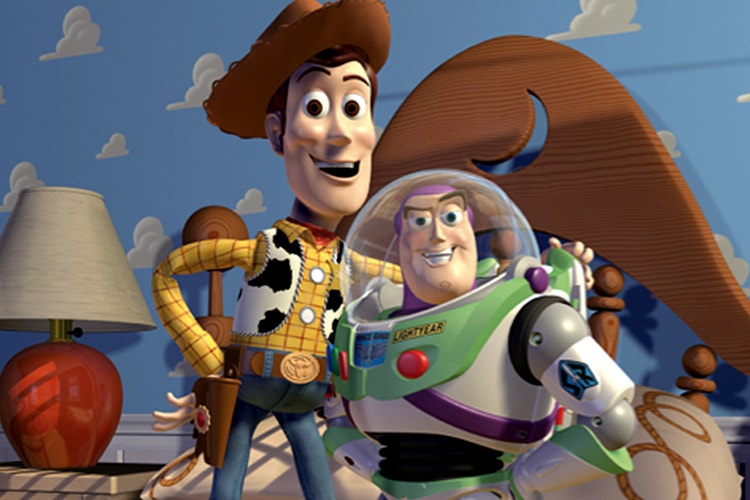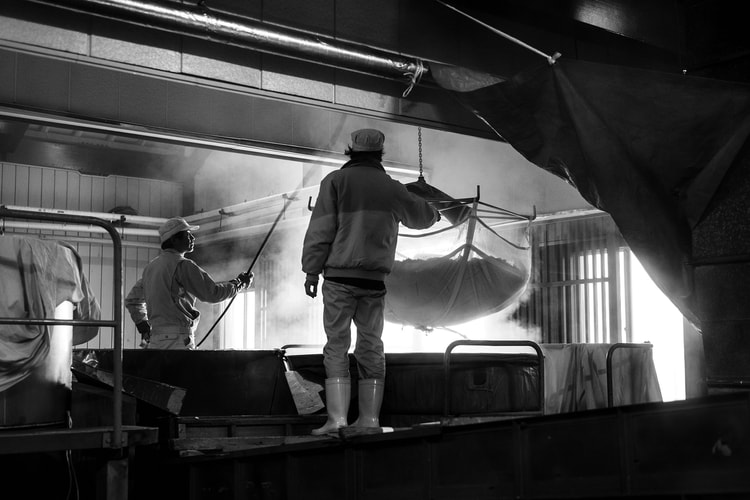Farm a Lifetime's Supply of Edible Mealworms With This Desktop Hive
The meal of the future might come from this unlikely source.
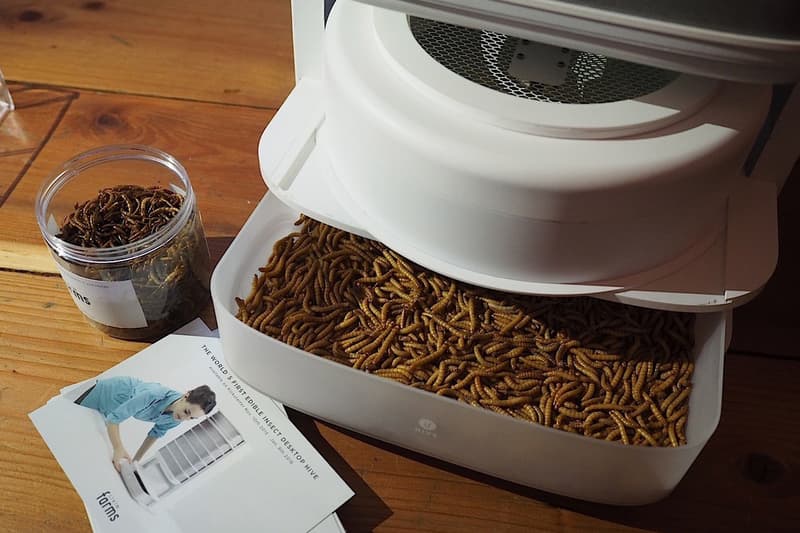
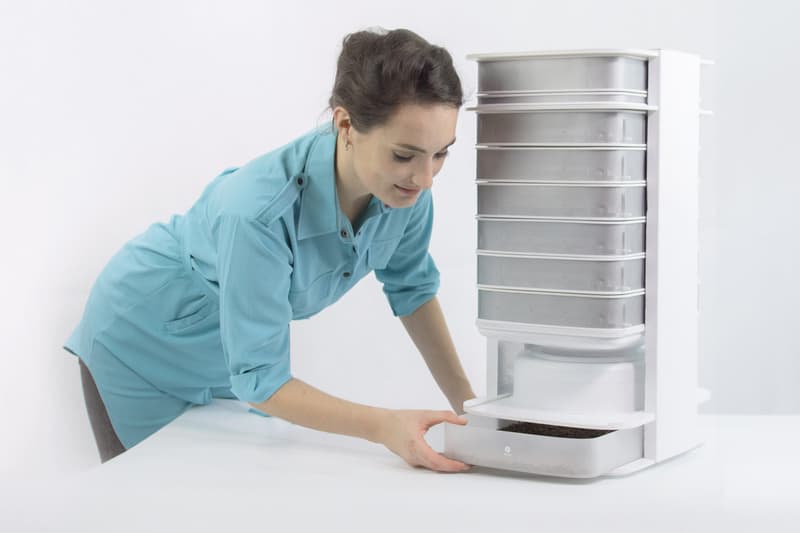
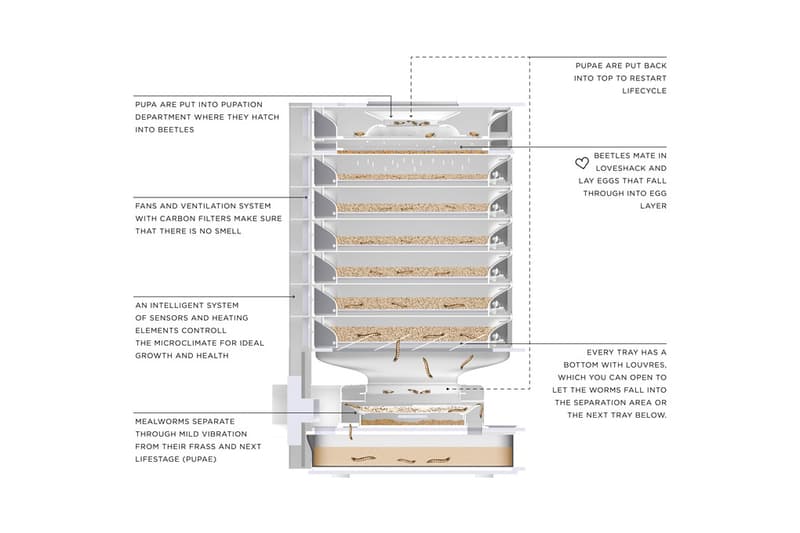
It’s no secret that meat farming is an environmentally destructive practice that not only requires huge tracts of land, but also necessitates the consumption of a disproportionate amount of resources and the creation of epic quantities of waste material. As such, many critics of the status quo advocate insect farming as an alternative — not only do they yield the same amount of protein and amino acids pound for pound, but insects also require significantly less land, food and water to raise. In an effort to further the environmentally beneficial practice of eating insects, industrial designers Katharina Unger and Julia Kaisinger have developed the LIVIN Farms Hive, a desktop hive that allows individuals to raise a never-ending supply of Tenebrio molitor mealworms for home consumption.
Resembling a stack of drawers, the hive dedicates different climate-controlled compartments to each stage of the mealworm life cycle — pupa in the top compartment hatch into beetles, which mate and lay eggs that fall into a lower compartment, which subsequently grow into mealworms and are harvested into a bottom compartment. The user then freezes the mealworms to put them into hibernation, before preparing them by frying, baking, roasting, etc. One week’s harvest yields 200-500 grams of the neutral-tasting, fully organic and GMO-free food source which can be fed with oats and vegetable scraps at very low cost and can be grown on your kitchen counter. While the hive’s initial buy-in of $700 USD may seem steep, it is essentially a self-renewing source of food that can potentially last many years, and becomes especially economical when compared with our expensive meat-eating habits. Watch the introductory video below, and fund the Kickstarter project here.




